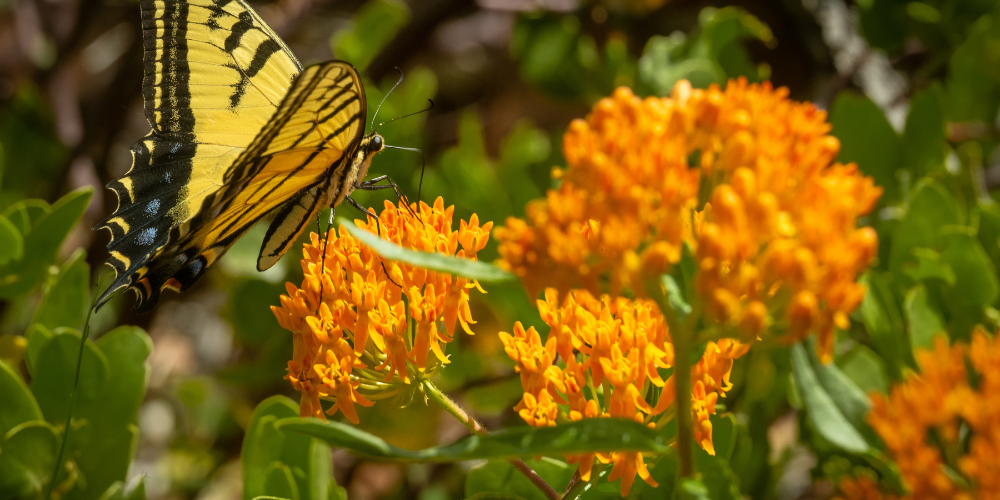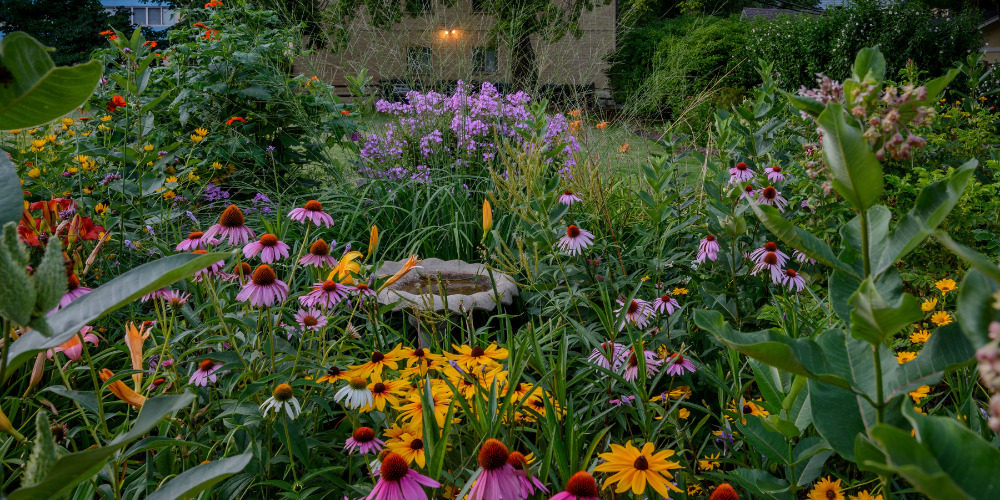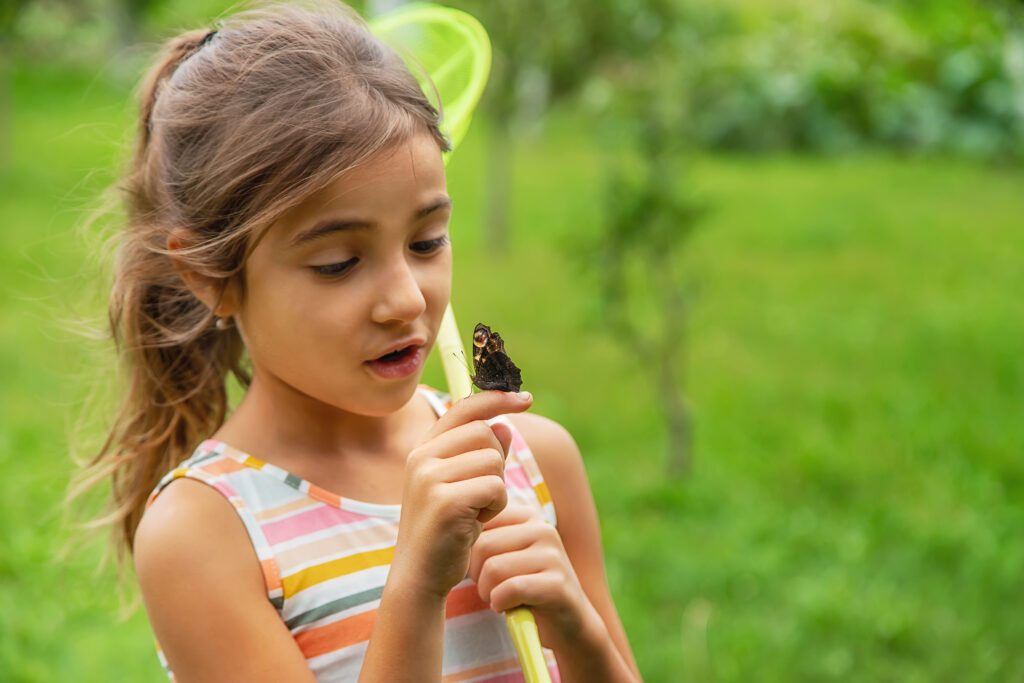May 28, 2025
Create a Butterfly Garden with KidsGardening
A Fun Activity for the Whole Family
Who doesn’t love butterflies? These fluttery little friends bring joy, color, and life to any garden. Planting a butterfly garden is not just a treat for the eyes—it’s a chance to invite your kids into nature’s fascinating world and create a home for these amazing creatures. With a few simple steps, you can turn your yard into a haven for butterflies while learning about their incredible life cycle.

Why Create a Butterfly Garden?
A butterfly garden isn’t just beautiful—it’s also a mini science lab right in your backyard. Butterflies are pollinators, meaning they help flowers and plants grow. By planting a butterfly garden, you’re supporting their life cycle, providing nectar for adult butterflies and leafy plants for their caterpillars to munch on.
What’s extra special? Your family gets a front-row seat to witness every stage of a butterfly’s life, from eggs to caterpillars, to chrysalis, and finally, to winged beauty. It’s an opportunity to teach kids about the interconnectedness of plants, animals, and the environment while having loads of fun.
Getting Started: The Butterfly Garden Basics
What You’ll Need:
-
- A sunny spot (6–8 hours of sunlight daily)
- In-ground garden space, a raised bed, or even large containers
- Flowering plants (for nectar)
- Host plants (for caterpillars)
- A trowel or shovel
- Flat rocks for basking butterflies
- A shallow “puddle” for them to drink
Step 1: Pick the Perfect Spot
Choose a sunny, wind-sheltered area in your yard. Butterflies love warmth, so they need a spot to soak up the sun. Add a few shrubs or small trees to give them places to rest at night or attach their chrysalis.
Step 2: Choose the Right Plants
Butterflies are picky eaters! Include two types of plants:
-
- Nectar plants: These flowering plants feed adult butterflies.
- Host plants: These are leafy plants where butterflies lay eggs and caterpillars eat.
Whenever possible, go native! Native plants naturally attract butterflies in your area and are better suited to your local environment.
Here’s a quick guide to some butterfly favorites:
-
- Monarch Butterflies: Host plant—milkweed; Nectar plants—asters, zinnias, and lantana.
- Eastern Black Swallowtails: Host plants—dill, parsley, and carrots; Nectar plants—milkweed and phlox.
- American Painted Ladies: Host plants—daisies and yarrow; Nectar plants—zinnias and heliotropes.
Pro tip: Plant in groups of three or more. Butterflies spot flowers more easily when they’re clustered together.

Step 3: Plan for All Seasons
To keep butterflies visiting all year, choose plants that bloom at different times throughout the growing season. A mix of annuals and perennials will ensure there’s always something tasty available for them.
Step 4: Add Special Butterfly Features
-
- Basking Rocks: Butterflies warm up on sunny days, so add flat rocks where they can perch.
- Puddling Station: Butterflies drink from moist sand, not open water. Fill a shallow dish with wet sand and keep it damp for them.
Planting Your Garden
Once you’ve gathered your plants and prepped your spot, it’s time to plant! Make sure each plant has enough space to grow, and group similar plants together. Water them well and let the sun work its magic.
The Butterfly Life Cycle: A Backyard Science Lesson
With your garden planted, the fun begins. Butterflies will come to sip nectar and lay eggs. Your kids can watch as the eggs hatch into caterpillars that munch on host plants, grow bigger, and eventually form a chrysalis. After a couple of weeks, a butterfly will emerge. It’s like magic!
Just remember: caterpillars will munch on your host plants—it’s part of the process. This is a great chance to teach kids about patience and how all parts of nature play a role.
Tips for a Healthy Butterfly Garden
-
- Skip the Pesticides: Even organic pesticides can harm butterflies. Instead, hand-pick pests or use mulch to keep weeds in check.
- Attract Pest Predators: Encourage birds, ladybugs, and lacewings to help with pests.
- Keep the Garden Thriving: Regularly water and weed your garden to keep plants happy and healthy.
Enjoy the Magic!
Once your garden is established, sit back and let nature do its thing. Kids will love watching butterflies come and go, bask in the sun, and flutter from flower to flower. Plus, they’ll gain a deeper appreciation for the environment and the role we all play in protecting it.
Creating a butterfly garden isn’t just an activity—it’s a way to connect with nature, spend time as a family, and make a positive impact on the environment. So grab your trowel, get your hands dirty, and let the butterflies come to you! ?
This project was developed in partnership with KidsGardening, an organization dedicated to making gardening fun and accessible for families. For a printable guide to making your own butterfly haven, click the button below!
Ready to start your butterfly garden? Let us know how it goes! Share your photos and stories—we’d love to hear all about your butterfly adventures. ?

